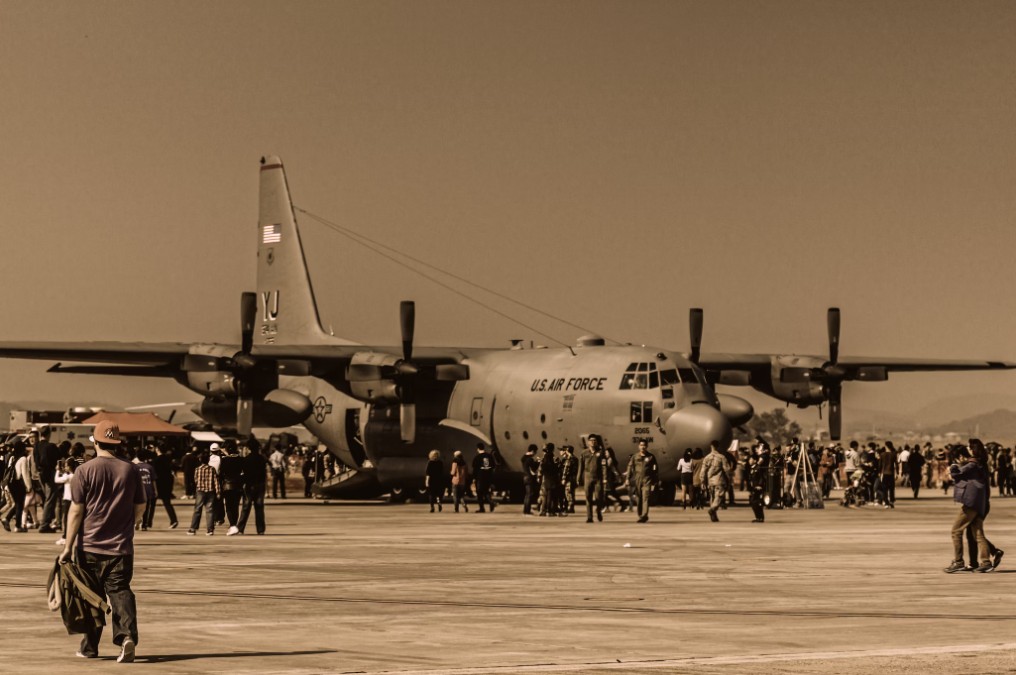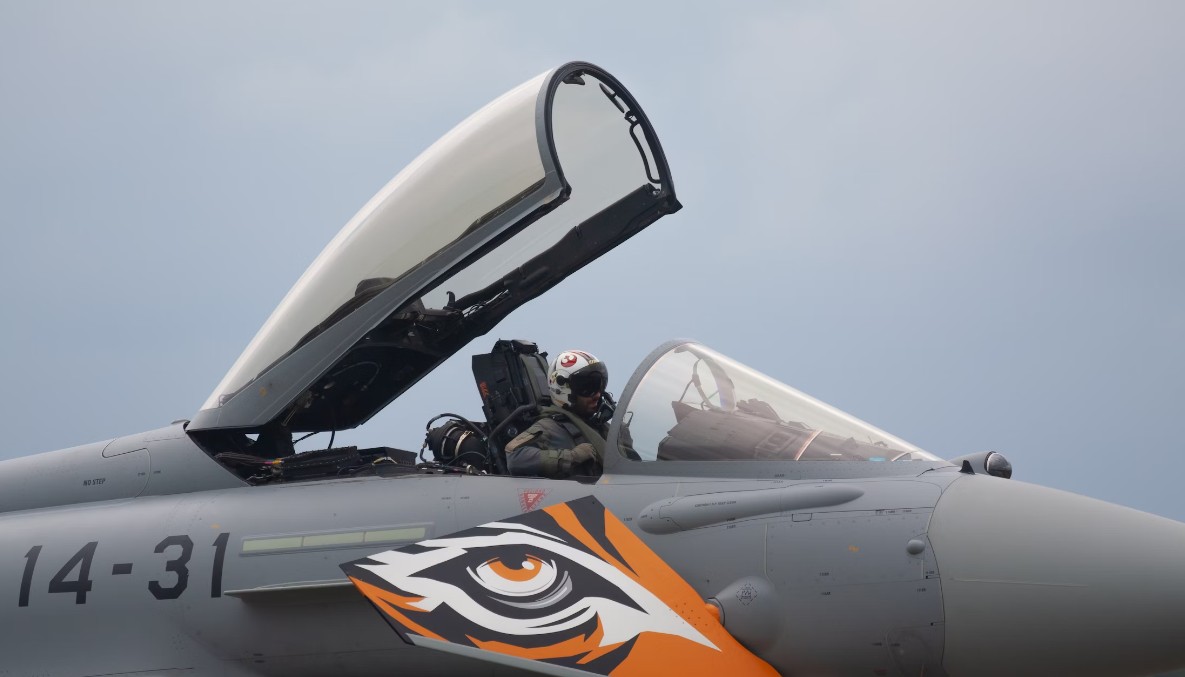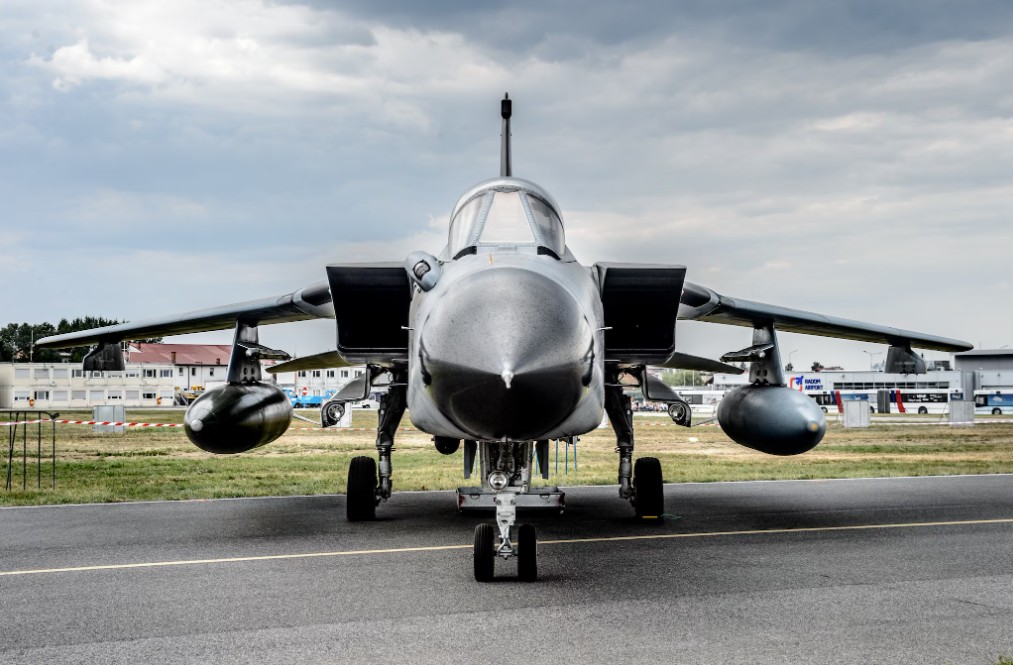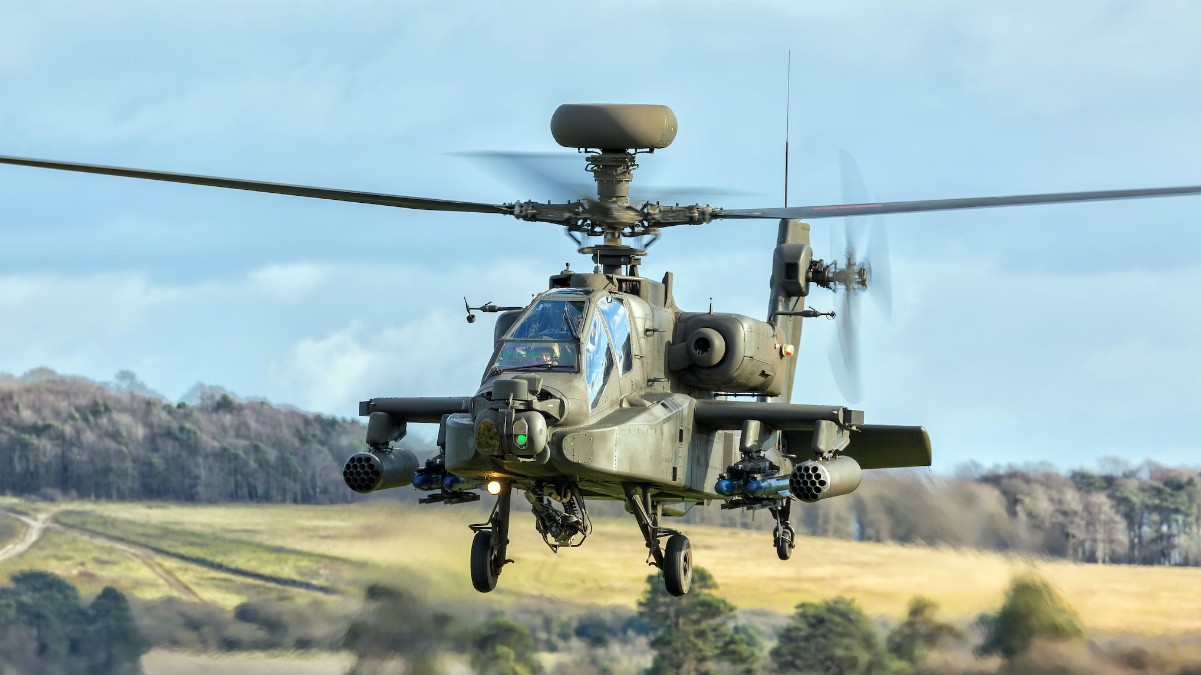Military pilots and Navy pilots are required to pass a colorblind test before they can be hired, but many of them are colorblind and can’t pass the test. Covisn’s colorblind contacts help these people pass the Ishihara test, letting them get better job opportunities in the military.
The Military’s Vision Requirements for Pilots

The military’s vision requirements for pilots vary based on the type of aircraft being flown. Pilots flying aircraft such as the F-16, F-22 and F-35 need to have 20/20 vision or better. Pilots who fly helicopters or propeller-driven planes only need to have 20/100 vision or better.
In addition to visual acuity requirements, pilots must also meet specific binocular vision requirements. If a pilot has poor binocular vision, he may be unable to see well out of both eyes at the same time.
The Military’s Visual Acuity Requirements
In general, military aviators must have 20/20 vision either uncorrected or corrected by glasses or contacts. If they wear corrective lenses, the prescription must be stable and unchanged for at least 12 months before they can qualify for flight training.
Additionally, they must also have normal color perception and depth perception. If your child wears glasses or contacts and wants to become an aviator someday, be sure he gets a comprehensive eye exam every year so that any changes in his vision can be detected early on so that he has plenty of time to make any necessary adjustments before it becomes an issue down the road . The eyes are a vital part of flying, so it’s important to take care of them.
Importance of color vision in these standards
The military has specific vision requirements for pilots. It’s important to note, however, that these standards are based on safety concerns and not on the ability to perform well at a job.
For example, if you’re colorblind, you may be able to pass all of the other vision requirements but still not be accepted for pilot training. In fact, your vision cannot be a problem with any aspect of flying — from basic airmanship skills like landing a plane to more advanced flight maneuvers like navigating at night or in bad weather.
The military’s color vision standards are stricter than those required by civilian employers. Most airlines require that pilots have 20/20 vision with glasses (or 20/20 uncorrected) or 20/200 with glasses if they are nearsighted. In addition, they must have at least 140 degrees of peripheral vision while wearing corrective lenses (140 horizontal degrees).
Military pilots must meet even tougher standards than this. They must have 20/20 vision with glasses (or 20/200 uncorrected), at least 140 degrees of peripheral vision while wearing corrective lenses (140 horizontal degrees), and no colorblindness whatsoever (in any form).
How Colorblindness is Assessed
Color vision can be assessed using several tests. The most common test is the Ishihara Color Blindness Test, where you look at a series of colored dots and pick out those that are abnormal. It’s easy to tell if you’re color blind or not with this test.
Other tests include the Farnsworth Lantern Test, where you are asked to identify colored lights against a dark background, and the Anomaloscope, which uses red and green lights to assess your color vision.
The Ishihara Color Blindness Test was developed by Japanese ophthalmologist Shinobu Ishihara in 1917. He created a series of pictures that would only make sense to someone who could see colors properly. For example, he would show an image of a circle with dots inside it that formed the number 3 when seen by someone with normal vision but looked like nothing at all when viewed by someone who was colorblind.
Impact of Colorblindness on Military Aviation
There are many instances in which color vision is a crucial factor in military aviation. The following are some real-life scenarios demonstrating the importance of color vision in Military Aviation:
Color Vision Requirements for Air Force Pilots
The U.S. Air Force requires pilots to meet certain color vision standards before they can be certified as flight officers. If a pilot has an eye condition that impairs their ability to differentiate between colors, they cannot become a pilot. Although it is possible for some people with color deficiencies to pass this test by taking special procedures, it is not recommended for all candidates due to the possibility of landing them into dangerous situations where their visual acuity is compromised.

Color Vision Requirements for Navy Pilots
The U.S. Navy has similar requirements as the Air Force when it comes to color vision testing for its pilots. The Navy’s requirement is that pilots have no more than 3/12 total defect in both eyes combined (6/12 monocular). This means that if you were tested with two different lenses (one lens at a time), one lens would have to allow you see at least 6/12 while the other lens would have to allow you see no worse than 3/ 12.The Navy also requires that its pilots have color vision equivalent to the Ishihara plate test below (no more than four errors out of a possible 24).
Current & Prospective Solutions
The primary solutions to colorblindness in aviation are technological aids and policies. Current technological aids include glasses and filters, which are used for color blind pilots. Glasses and filters help improve what a pilot sees by filtering out certain wavelengths of light. For example, some glasses filter out only red light so that pilots can see all of the colors on their instruments. Other glasses filter out red and blue light so that pilots can see shades of green better than they would with regular vision.
The military has also developed a system called TADIL-J (Tactical Digital Information Link – Joint), which allows ground forces to communicate with aircraft using digital data rather than voice communications. The system uses imagery instead of spoken words to communicate information such as locations, weather conditions, and enemy positions. This helps reduce confusion between military units because there is no longer a need for voice communication between the cockpit and ground forces when flying missions over foreign countries.

Take action and make an appointment with a specialist.
If you have been diagnosed with colorblindness, there are still ways to serve in the military. You may be eligible for a waiver that allows you to serve in your chosen career field.
If not, there are still many options available. If you want to fly planes and helicopters, there are other jobs within aviation that don’t require vision as good as 20/20. For example:
- Navigators use maps and instruments to guide aircraft safely from one location to another. They also monitor weather conditions along their route so they can adjust their flight path if necessary.
- Loadmasters help load cargo onto planes during loading operations at bases or air stations around the world (and sometimes in combat zones). Loadmasters must know how much weight each aircraft can carry safely so they don’t overload it!
Color blindness is not necessarily a bar to military aviation.
Color blindness is not necessarily a bar to military aviation, but you must know the facts and take action if you have the condition.
Color vision testing is not a pass/fail test. It’s just one of many tools used by the military to screen out those who may be unable to perform their duties safely or effectively because of color vision deficiency (CVD).
If you are found to be colorblind during screening, you might be able to qualify for training under certain circumstances; however, this will depend on whether your CVD is correctable with glasses or contact lenses and whether your particular disability can be accommodated by changing procedures or equipment at your base.
FAQs About Military Aviation Standards
What exactly are Military Aviation Standards?
Military Aviation Standards are a set of criteria defining the technical and operational requirements for military aircraft and aviation personnel. These standards ensure functionality, safety, and interoperability within the military aviation community and may vary across different countries.
What are the vision requirements for military pilots?
The exact requirements may vary by country, but generally, pilots are required to have 20/20 vision either naturally or corrected with glasses or contact lenses. Binocular vision, depth perception, field of vision, and color vision are also tested.
How important is color vision in military aviation?
Color vision is critically important in military aviation. Many instruments and controls in the cockpit are color-coded. Inflight situations such as identifying different aircrafts, navigation lights, or sensing warning alerts also rely on color perception.
Can you become a military pilot if you’re colorblind?
It largely depends on the severity and type of color blindness, and the standards of the specific military branch. Some branches may disqualify people with severe color vision deficiencies, while others might have relaxed rules or ways to accommodate colorblind pilots.
What is the physical fitness required for military aviation?
Military aviators need to meet health, fitness, and body composition standards, which may include factors such as height, weight, body mass index (BMI), and general physical fitness. Regular physical tests may measure cardiovascular fitness, strength, and endurance.
What is the minimum age to become a military pilot?
The minimum age varies by nation and service branch. For example, in the U.S., applicants to the Air Force must be between the ages of 18 and 28. It’s best to check with the specific military organization for exact criteria.
Are there mental health requirements for military pilots?
Yes, there are strict mental and psychological health requirements for military pilots. Prospective pilots undergo medical evaluations and checks for history of mental health disorders, substance misuse, and other psychological issues.
What role does a pilot’s educational background play in meeting military aviation standards?
Pilots generally require a bachelor’s degree, preferably in aviation, physical sciences, or similar fields. Understanding complex aviation systems requires strong skills in math and science. Pilots in the military usually undergo additional technical and tactical training.
What are the standards for hearing in military aviation?
Hearing requirements differ between branches, but generally, military pilots need to have good hearing. Often, speech discrimination tests and tonal audiogram tests are undertaken to ensure pilots can communicate effectively, especially during operations.
Are there specific height and weight requirements for military pilots?
Yes, there are both height and weight requirements for military pilots. These vary among different branches and are typically based on safety and aircraft operational limits. It’s always recommended to confirm these specifics from the relevant service’s recruitment team.
Conclusion
If you are colorblind, there is no need to panic. The military has guidelines in place to help you and your doctor determine if you can join the service. The first step is to get tested by an eye specialist who understands what kinds of tests are available for this condition. If necessary, they may recommend certain glasses or other devices that can improve your ability to see colors clearly enough to pass the test. Finally, it’s important that you take action now so that any problems with vision don’t interfere with achieving your goals later on down the line!

